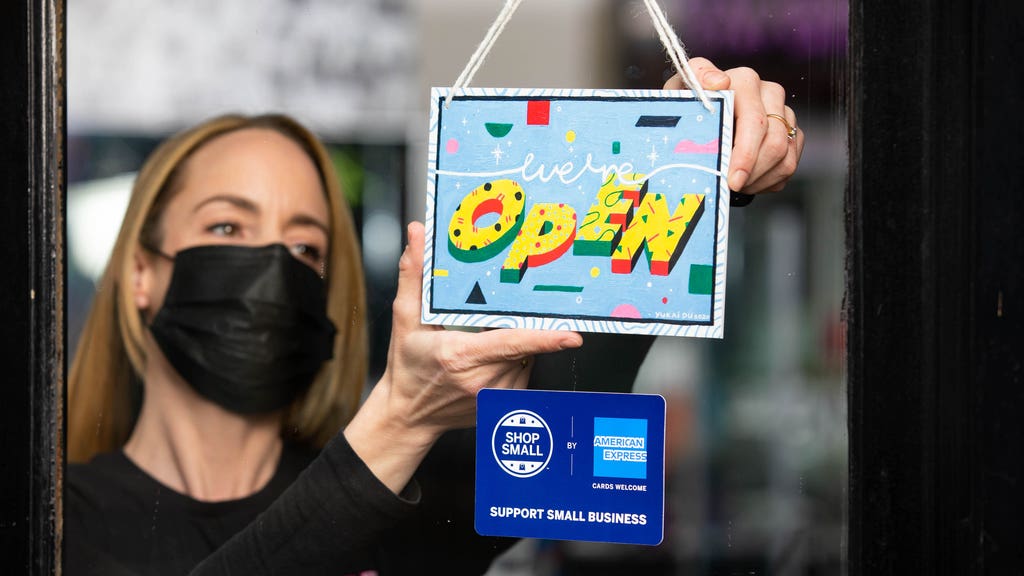The Top 8 Measures To Take For A Successful Small Business

Starting and running a small business can be both exhilarating and challenging at the same time. There are so many things to think about – from developing a product or service that meets a need in the market to building a website and online presence to marketing your venture. But don’t worry, we’re here to help! This blog post will outline eight key measures you need to take for a successful small business.
1) Do your research
Before you launch your small business, it’s essential to do your research and understand the market you’re entering. What are the needs of your target audience? Who are your competitors? What are their strengths and weaknesses? Answering these questions will give you a solid foundation on which to build your business.
Doing market research doesn’t have to be complicated or expensive – start by talking to people in your target market and reading industry reports. You can also check out our blog post on doing market research for tips and resources.
2) Create a business plan
Once you’ve done your market research, it’s time to start putting together your business plan. This document will outline your business goals, strategies, and how you plan to achieve them. Having a well-thought-out business plan is essential for any successful small business – it will help you stay organised and focused as you grow your venture. Any effective business plan has the following key elements:
-An executive summary
-A description of your business
-Your business goals and objectives
-Your target market
-Your marketing and sales strategy
-Your financial projections
3) Choose the right business structure
You can choose several different legal structures for your small business, and each has its own advantages and disadvantages. The most common structures are sole proprietorships, partnerships, limited liability companies (LLC), and corporations. Consider factors like liability, taxes, and funding before deciding which structure is right for your business. If your funding is reliant upon grants, using free grant management software can help you track your application and minimize the chances of errors. You can also talk to a lawyer or accountant for guidance on how to structure your business.
Sole proprietorship: A sole proprietorship is the simplest and most common type of business structure. This structure means that you are the only owner and responsible for all aspects of the business, including liability.
Partnership: A partnership is similar to a sole proprietorship, but two or more owners are involved. Partnerships can be either general partnerships or limited partnerships. In a general partnership, all partners are equally liable for the business. In a limited partnership, at least one partner has unlimited liability and one or more partners with limited liability.
Limited liability company (LLC): An LLC is a hybrid between a corporation and a sole proprietorship/partnership. Like corporations, LLCs offer their owners limited personal liability. But unlike corporations, LLCs are not taxed as separate entities – instead, the taxes flow through to the owners.
Corporation: A corporation is a legal entity that is separate from its owners. This means that the shareholders of a corporation have limited liability for its debts and liabilities. Corporations can be either for-profit or nonprofit.
C-corporation: A C-corporation is the standard type of corporation in the US. C-corps are subject to double taxation – meaning they are taxed both at the corporate level and at the individual level when profits are distributed to shareholders as dividends.
S-corporation: An S-corporation is a particular type of corporation that allows profits and losses to pass through to the shareholders, who then report them on their personal tax returns. This avoids double taxation.
Nonprofit corporation: A nonprofit corporation is a corporation that the IRS has granted tax-exempt status. Nonprofit corporations can be either charitable, educational, scientific, literary, or religious organisations. Such organisations often require specific tools to help manage their unique needs – for example, implementing a Church Child Check-In System is an effective way to manage child attendance and ensure their safety during programs and services. This structure allows nonprofits to serve their communities more effectively while benefiting from tax-exempt status.
Once you’ve chosen your business structure, you’ll need to register your business with the government. This process varies depending on your country and state/province but typically involves filing some paperwork and paying a fee.
4) Get a business licence
Depending on the type of business you’re starting, you may need to get a special business licence or permit. For example, if you’re opening a restaurant, you’ll need to obtain a food service licence. Or, if you’re starting a construction company, you may need to get a contractor’s licence. Check with your local government office to determine what licences and permits are required in your area.
Operating without the proper licences and permits can result in hefty fines or even getting shut down by the government. So make sure you do your research and obtain all the necessary licences and permits before starting your small business.
5) Choose a business name
Your business name is an integral part of your brand identity. It’s how customers will remember you, and it’s what they’ll use to find you online and in the real world. So choose your business name carefully! Here are a few things to keep in mind:
– Make sure the name is easy to spell and pronounce.
– Avoid using inside jokes or puns that only people in your industry will get.
– Keep it short, simple, and memorable.
– Avoid using generic words like “enterprises” or “services.”
– Check to make sure the domain name (or URL) for your desired business name is available.
Once you’ve chosen a good business name, be sure to register it with your local government so no one else can use it. Now that you’ve chosen and registered your business name, it’s time to start branding!
6) Create a brand
Your brand is what makes you unique and different from your competitors. It’s how customers will remember you, and it’s what they’ll use to find you online and in the real world. So it’s essential to take some time to develop a strong brand for your small business. Here are a few things to keep in mind:
– Your logo should be simple, memorable, and easy to recognize.
– Use colours, fonts, and design elements that reflect your industry or niche.
– Your tagline should be short, catchy, and describe what you do or sell in one sentence.
Branding may seem like a lot of work, but it’s worth it in the long run. A strong brand will help you attract customers, build customer loyalty, and stand out from your competitors.
7) Create a website
These days, almost every business needs a website. Customers use the internet to find businesses, and they expect to be able to find you online as well. Creating a website doesn’t have to be complicated or expensive. You can create a simple website yourself using one of the many drag-and-drop site builders out there. Or you can hire a web designer to create a more custom site for you. It is also important to note that your website should be protected against any cyber-attacks. You should use a specialist IT support company to host your website on a secure server to avoid this route.
No matter which route you choose, make sure your website is professional, easy to navigate, and mobile-friendly. Include clear contact information, directions to your physical location (if applicable), and compelling content that will make people want to do business with you.
8) Create social media accounts
Social media is a powerful marketing tool that can help you reach a larger audience for your small business. It’s also a great way to build relationships with your customers and create a community around your brand. So it’s worth taking the time to set up social media accounts for your business. The most popular platforms are Facebook, Twitter, Instagram, and LinkedIn. But there are many other options out there as well. Once you’ve created your accounts, be sure to populate them with high-quality content to engage your followers and make them want to follow you.
In conclusion, these are just a few of the many things you need to do to start a successful small business. But if you take the time to do all of these things, you’ll be well on your way to success.




